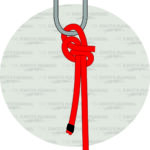A sheepshank knot can temporarily shorten or strengthen a rope or secure loads on trailers. The knot creates a pulley, which prevents the rope from jamming or slipping. It can also be loosened easily with a finger.
Since the Sheepshank knot can come undone when tension is removed, it should never be used when safety is at risk.
Quick Guide: Tying a Sheepshank Knot
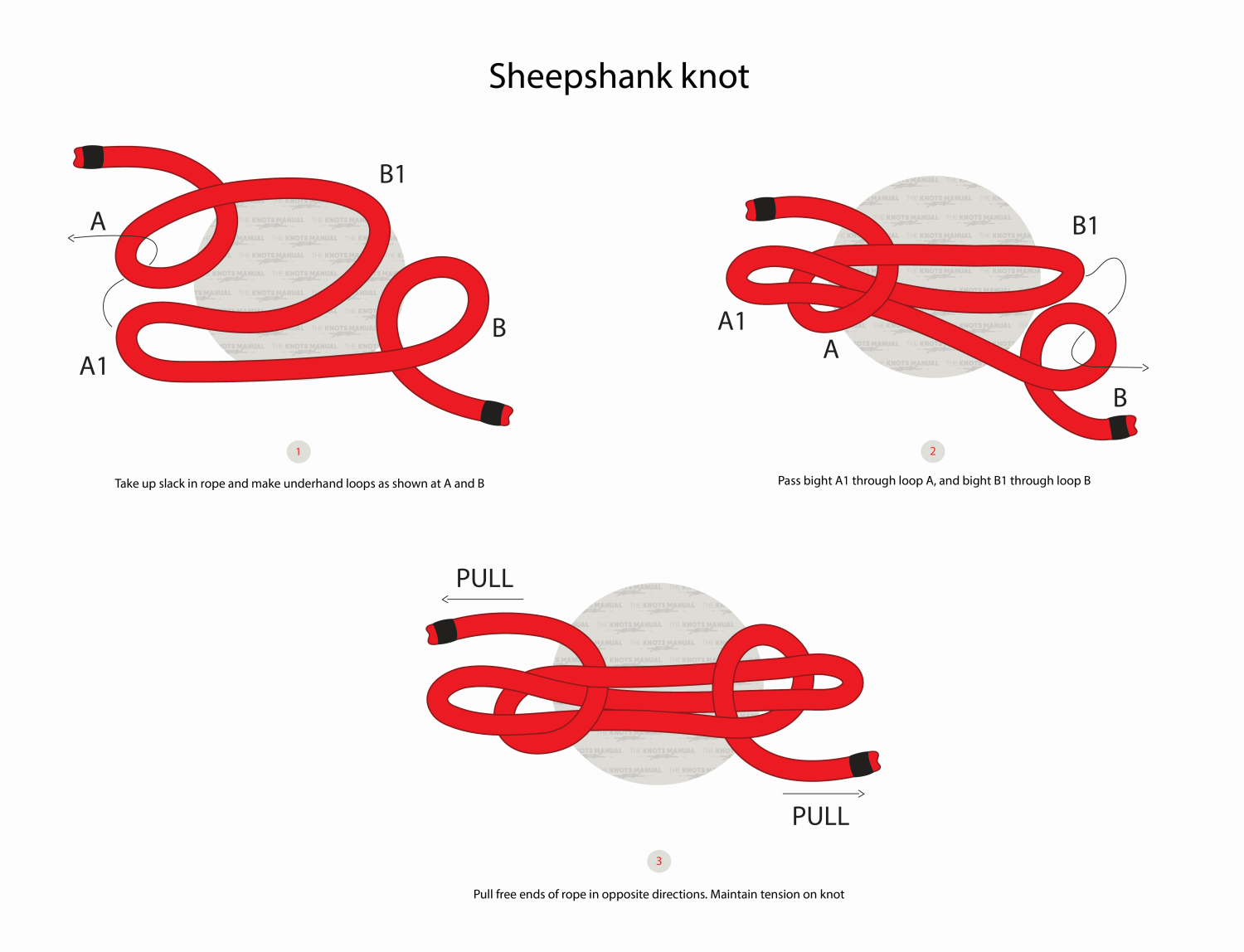
To tie a sheepshank knot, create two identical loops and then overlap them. Pull the center string through the outer loops and tighten.
The Pros and Cons of a Sheepshank Knot
A Sheepshank Knot allows you to shorten a rope. It’s a strong knot that remains secure under tension, especially when using a coarser rope. It’s also excellent at protecting a weakening or damaged rope.
The downside is that a sheepshank knot can come undone when using cheap nylon rope or when tension is removed. The tension needs to be balanced to keep it in place. Also, it cannot pass through sheaves or blocks.
Knots Similar to the Sheepshank Knot
Trucker’s hitch—This knot secures heavy loads on trucks or trailers, and its loop system acts as a pulley that allows for a tight knot.
Sheet bend knot—Sailors use the Sheet Bend knot to join two unequal or equal-sized ropes.
Becket hitch—A Becket Hitch attaches a rope to a becket or hook. It is well-known for suspension hammocks, is easy to adjust, and doesn’t bind.
Alpine butterfly knot—This rigging and climbing knot creates a fixed loop in the middle of a rope.
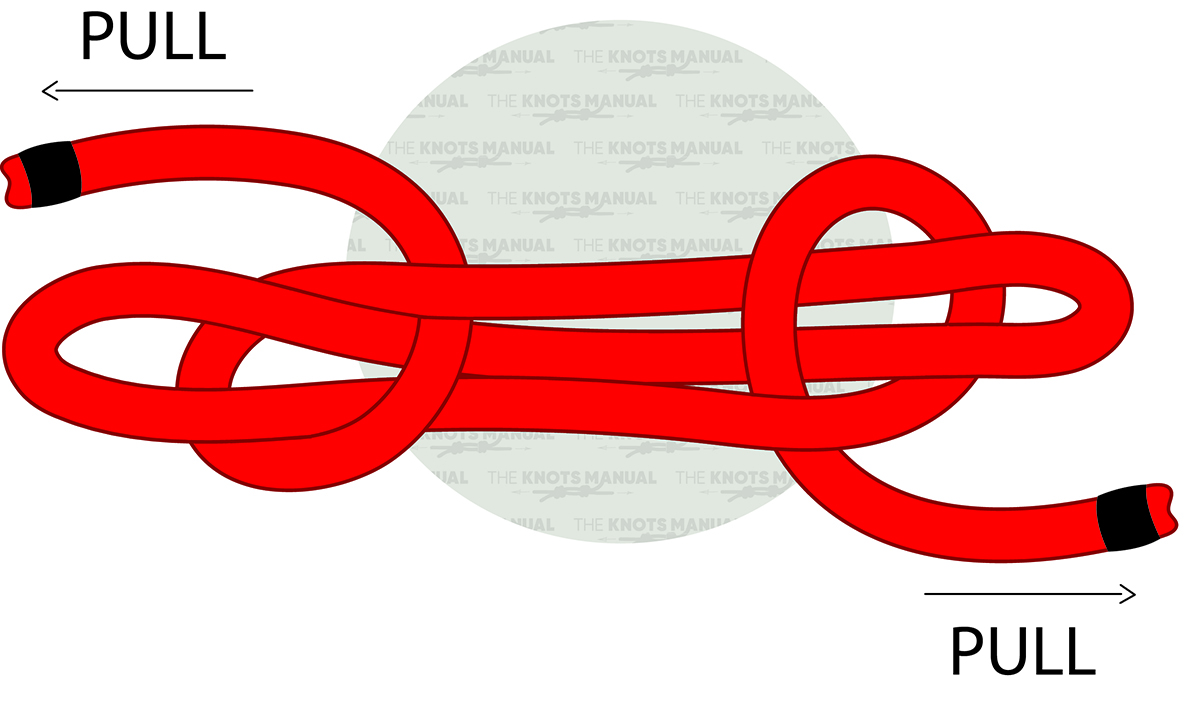
Step 1:
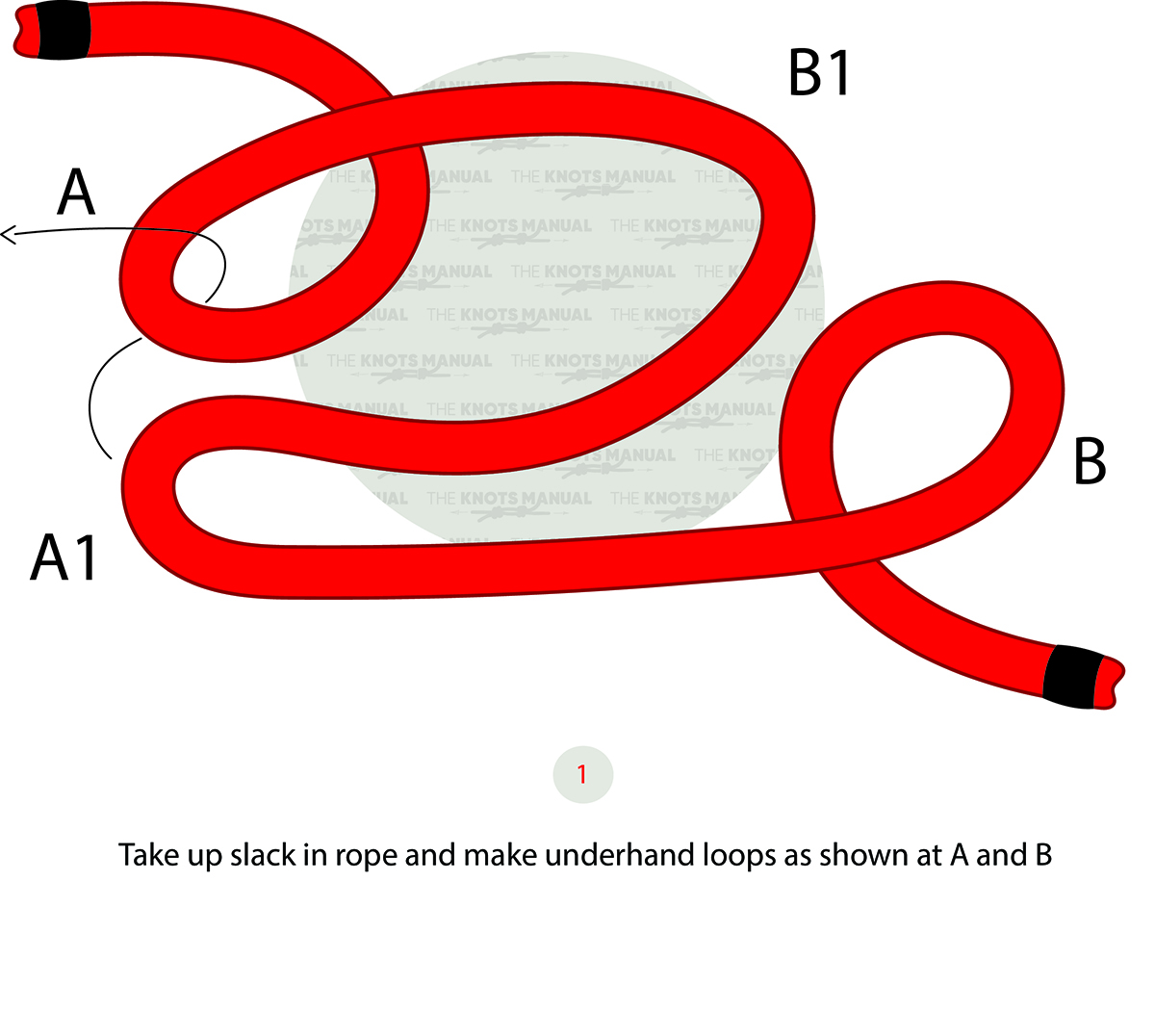
Create two underhanded loops from the slack in the rope.
Step 2:
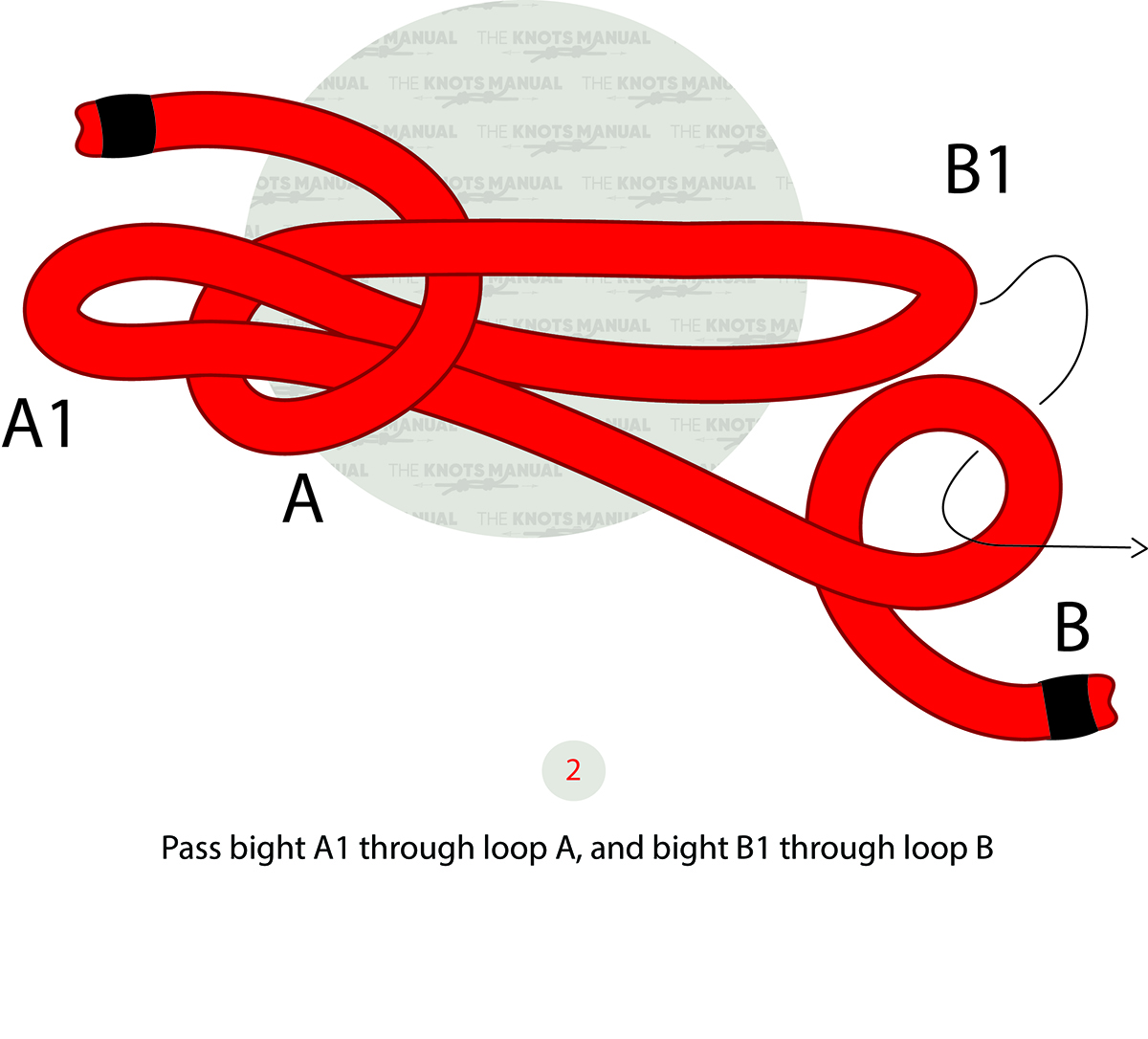
Pass the bight through the loop on the left and the remaining bight through the loop on the right.
Step 3:
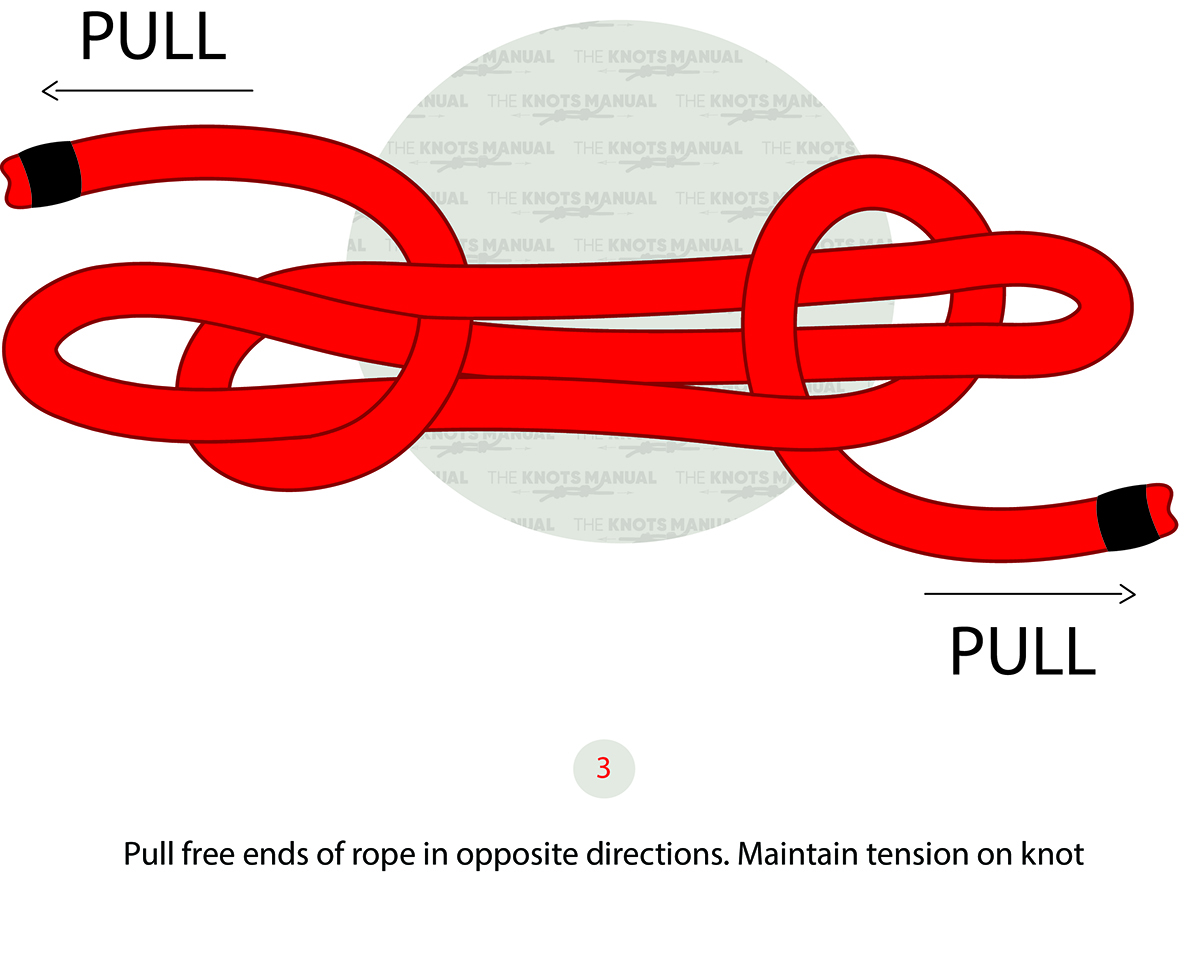
Pull both ends in the opposite direction. Keep tension on the knot.


